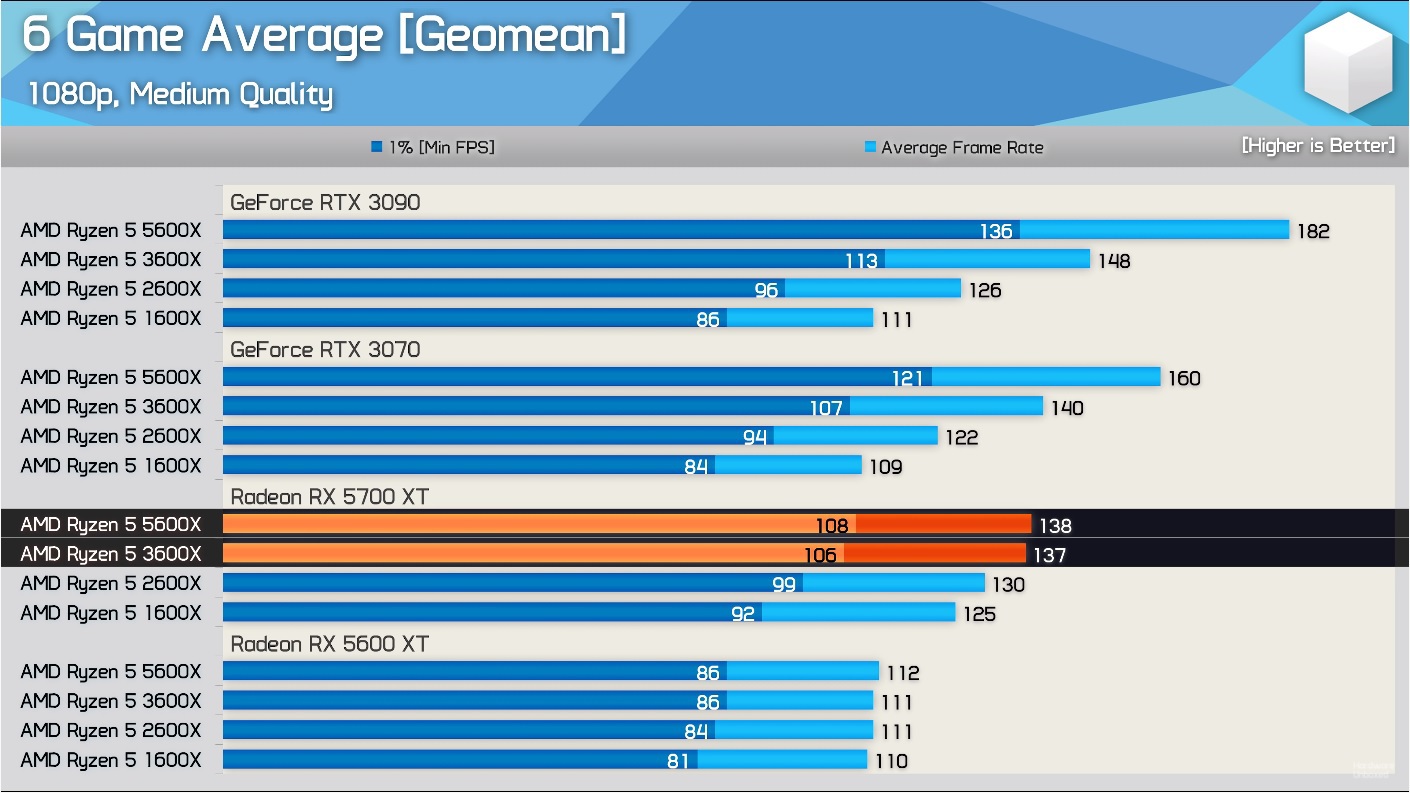DegustatoR
Legend
This video is inaccurate in many aspects, and I'm not even sure why HWU is referencing to it since they hasn't really shown anything similar to what this video is about.I recommend this video that HU references btw:
It's from 2017 but gives a good background on why we may be seeing this discrepancy now. This may be down to architectural differences that hurt AMD in the past but may be helping them now.




